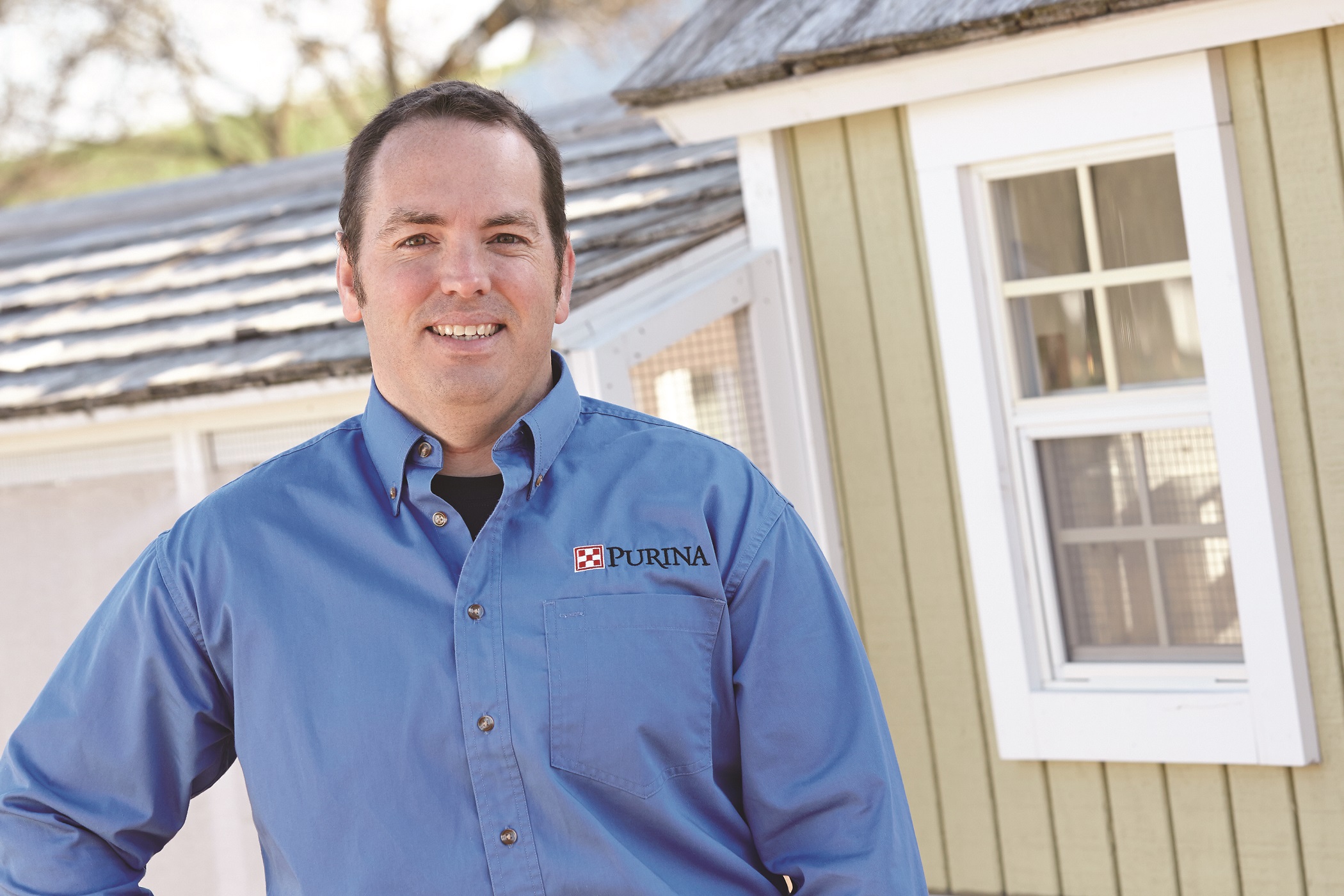Flock Nutritionist: Help Poultry Raisers Transition Feeds
Pet Age Staff //August 13, 2018//
By Patrick Biggs, PH.D.
When you turn 18, you can do a lot of new things. You can vote, buy fireworks and even try your luck with the lottery. The magical number means: Welcome to adulthood.
For backyard chickens, one of the fastest growing pet categories, 18 means the same thing. Eighteen weeks is the age when most egg-laying breeds are considered adults. Most excitingly, it’s the time when many breeds will lay their first egg. At this key milestone, flock raisers should start switching chickens from a starter-grower feed to a layer feed. The layer feed should provide the 38 unique nutrients hens need to stay strong and lay strong-shelled eggs.
Most stores offer a single all-flock feed option. However, it’s important to carry both starter-grower feeds for chicks from day one to week 18 and layer feeds for laying hens. And be sure to provide customers with the steps for transitioning to a complete layer feed.
Select a complete layer feed that meets flock goals before the transition begins. Ideally, the decision should be made by week 16, so the transition can be planned. Many flock raisers purchase supplements and additives; however, complete layer feeds provide everything hens require without a need to supplement. Purina offers many complete layer feeds, including Purina Organic layer feed, Purina Layena Plus Omega-3 and Purina Layena pellets and crumbles.
Each of these chicken feed formulas is designed to meet specific flock goals. The feed should include 16 percent protein and at least 3.25 percent calcium as well as key vitamins and minerals. A few next level ingredients include:
- For rich, yellow yolks: Marigold extract
- For strong shells: The Oyster Strong System
- For immune and digestive health: Prebiotics and probiotics
- For vibrant feathering: Essential amino acids such as lysine and methionine
- For omega-rich eggs: Added omega-3 fatty acids
Purina layer feeds include the Oyster Strong System, which is a mix of small and large particle sources of calcium, vitamins and minerals. Including large particle sources of calcium helps ensure a supply of calcium is available at night when hens are forming eggs.
This helps provide the daily four grams of calcium a hen needs to stay healthy and produce strong-shelled eggs. Without a consistent supply of calcium, hens will pull calcium from their bones to make eggshells, which can weaken their skeletal structure.
For our backyard birds on our farm in Missouri, we have found it’s best to make the transition over time rather than all at once to help prevent digestive upset. We mix the starter and layer feed evenly for four or five days. If birds are used to crumbles, start with a crumble layer feed. The same goes with pellets. The more similar the two feeds are, the more smoothly the transition will go.
Many hens will eat the mixed feed without noticing a difference. When hens are eating both feeds, flock owners can stop feeding the starter feed and make the complete switch to all layer feed. It is important to give birds enough time to adjust to the new diet. Most will adjust within a couple weeks, but some can take a month or longer to fully transition to their new diet.
Once the transition to layer feed is complete, it’s best to maintain a routine.
We recommend providing free choice layer feed to hens and switching out the feed each morning and evening. If birds are free-ranging, offer the complete feed to hens before they go out in the morning. This will help them consume the nutrients they require before filling up on less nutritious insects and plants.
It’s important for the complete feed to make up at least 90 percent of the hen’s diet. We feed complete layer feeds on our farm because they are formulated to provide all the nutrients hens require at the correct levels. It’s reassuring to know that each bite of feed is balanced to keep our hens healthy and producing quality eggs.



















